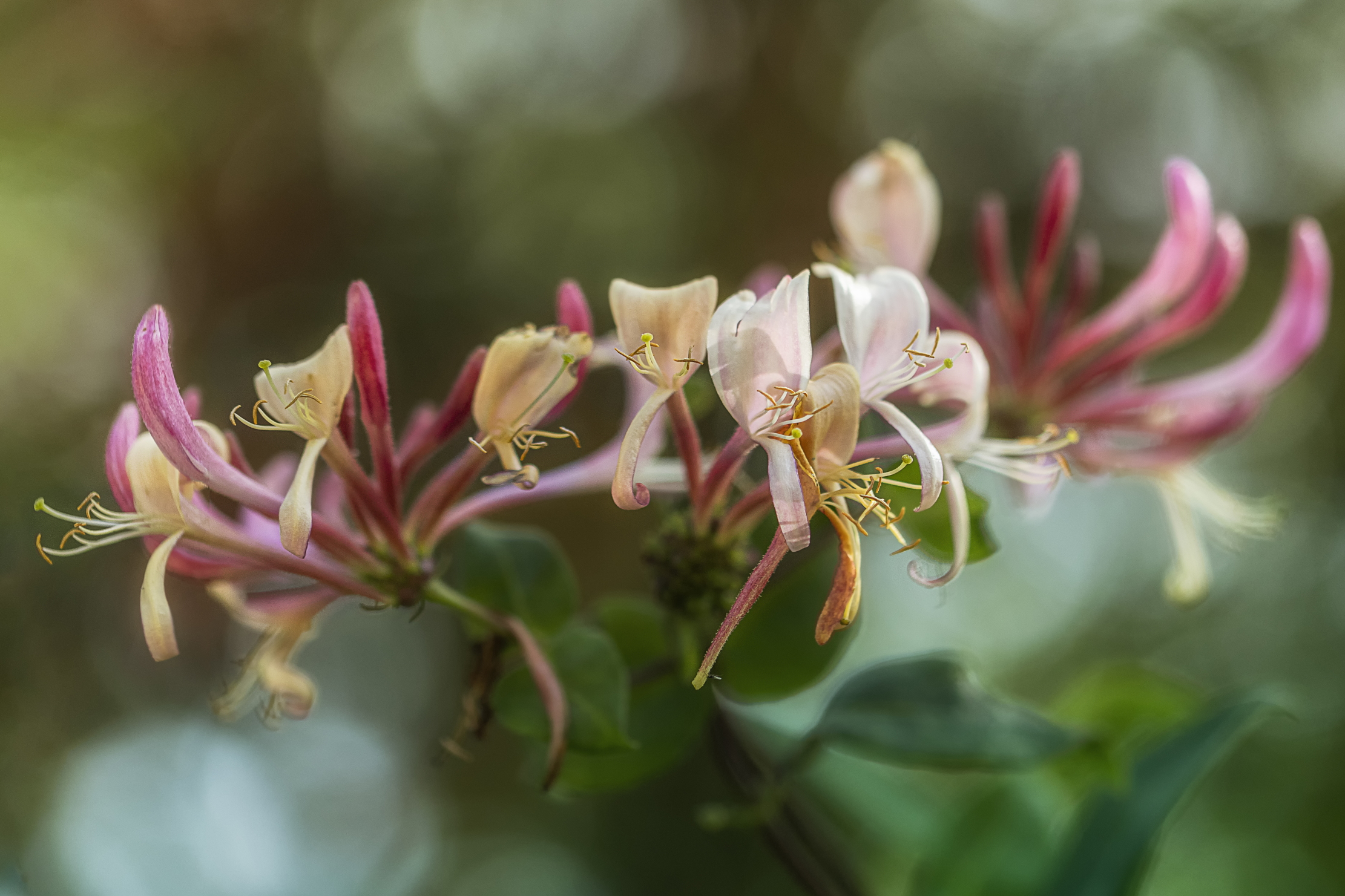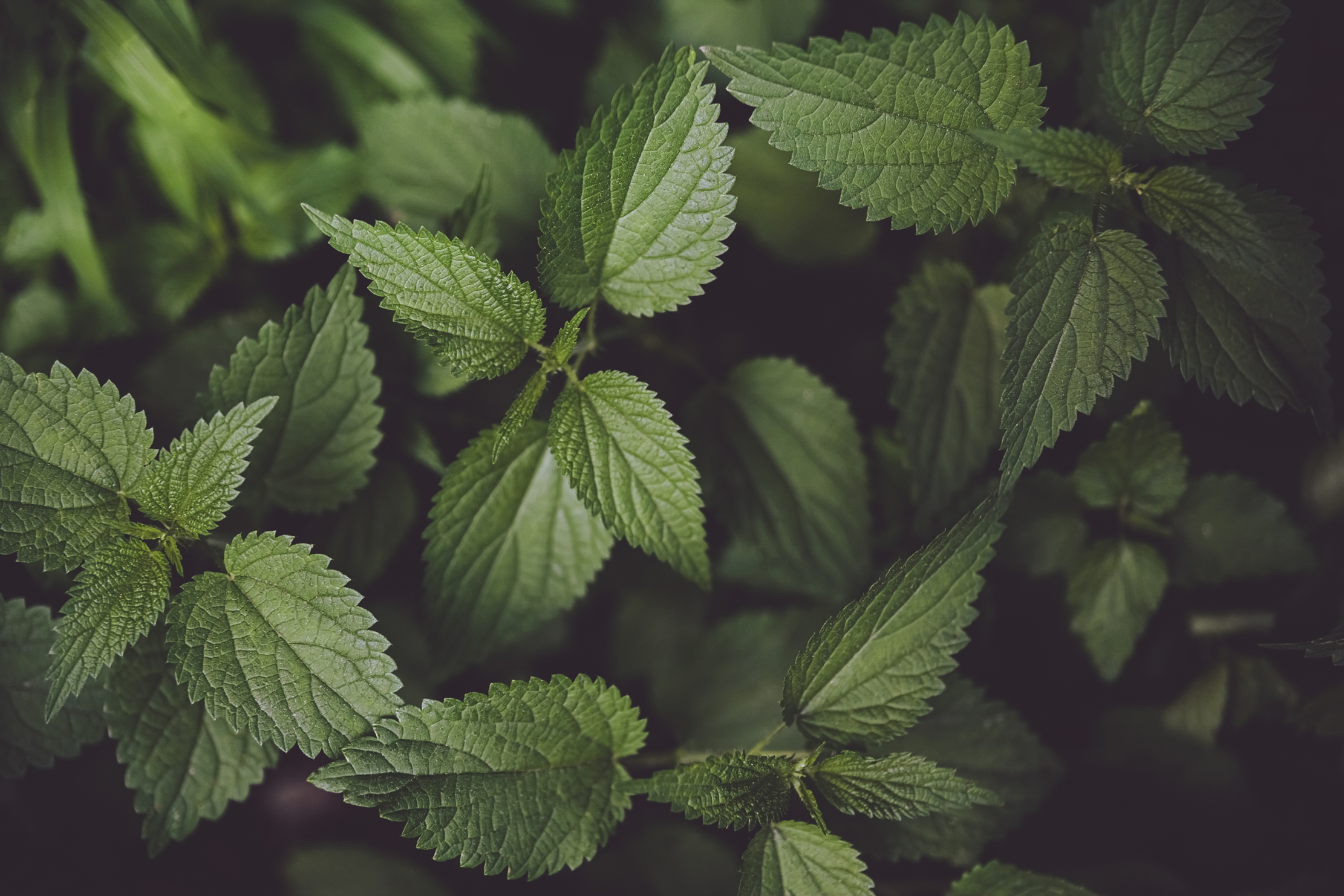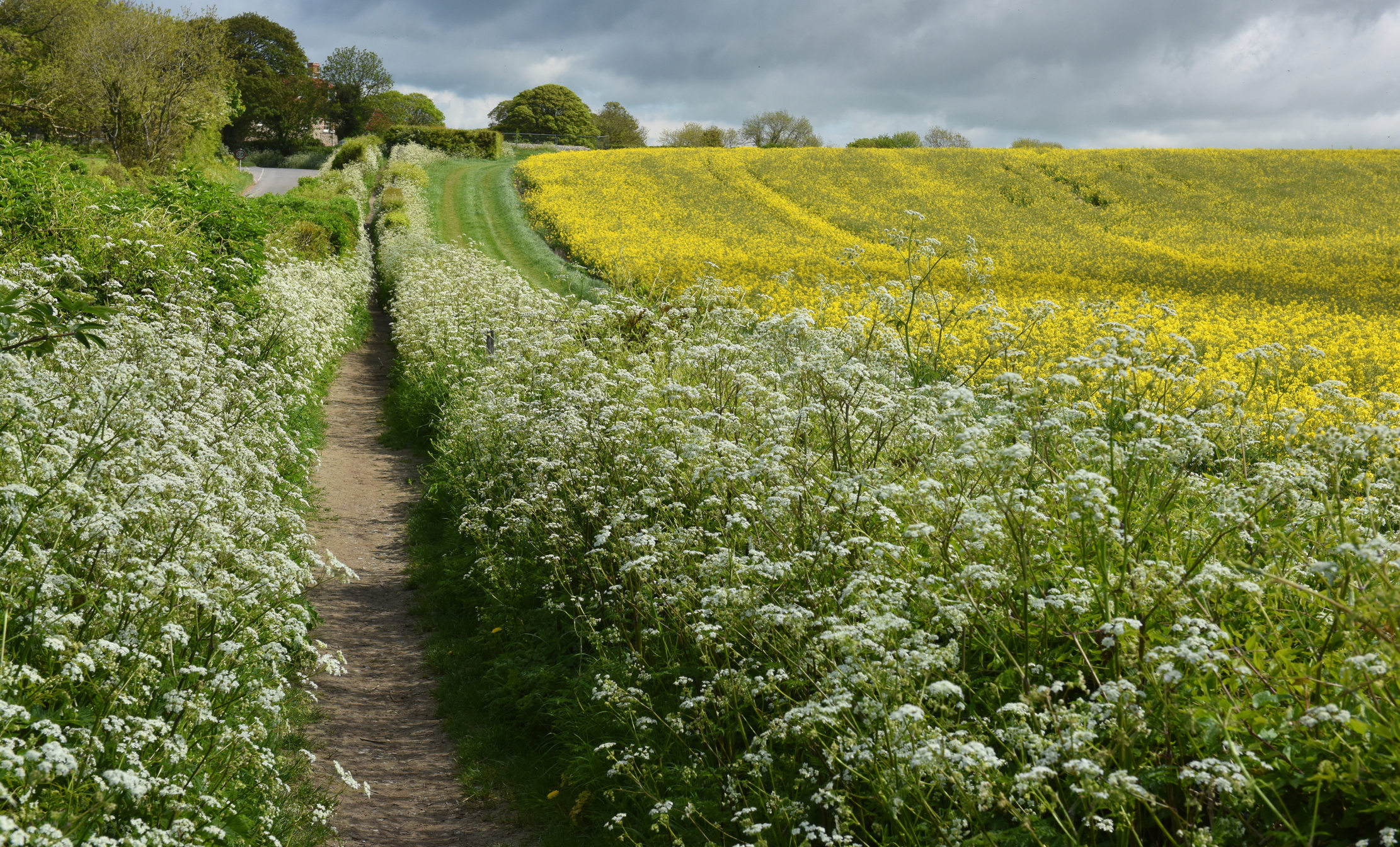Honeysuckle: The woodbine with a scent so powerful it would inspire erotic dreams
Much has been written about the honeysuckle, of which little is true. What is it about the fragrant Lonicera that inspires such absurd conjecture, wonders Ian Morton.


They didn’t put names to them, but certain Victorians appear to have identified risk assessment and mental health. Moralists urged that wild honeysuckle in bloom should not be brought into genteel households because its fragrance, especially powerful at night, would lead maidenly family members to have erotic dreams. Not for them the folkloric promise that these flowers, placed under the pillow, would reveal the one true love yet to come.
Yet the period also revelled in a sentimental floriography that accepted the symbolism of everlasting affection and fidelity that centuries of tradition attributed to the wild honeysuckle. It wasn’t only the enticing scent — the nature of the plant, which entwines companion branches as it spirals upwards or winds its way through hedgerows, was suggestive of close physical embrace. Far too much for nice young ladies to contemplate.
Yet classical and medieval cultures were united in believing that Lonicera periclymenum was a rather good thing where human affection was concerned. Greek mythology told how Daphnis and Chloe, who lived apart, could meet only when the plant was in bloom. The love goddess Aphrodite duly granted their plea that its flowering period should be extended and, accordingly, the long, curvaceous petals last through June to September.
Samuel Pepys, rarely given to lyricism, declared that their ‘ivory bugles blow scent instead of sound’. Truly, on a countryside stroll at dusk of a summer’s evening, a heady moment may await the fortunate wayfarer. The air is suddenly heavy with perfume. Jasmine? Vanilla? Both? More joyous than either. The wanderer comes to a disbelieving stop.
It was not for the edification of Daphnis, Chloe or a fortunate passer-by that Aphrodite dispensed her magic. The wild honeysuckle is beckoning insects to a night of glorious pollination, particularly the moths and especially the elephant hawk-moth. Clambering to almost 30ft, it attracts higher flying customers, too — one of its old regional names was goat’s leaf, as it climbed beyond caprine reach.
'Draped around garden gates and doorways, it encouraged good fortune and turned evil away'
It is the sole food plant for the white-admiral caterpillar, its dark-green, oval leaves bear a sugary dew secreted by aphids, bumblebees cannot resist and, when those tousled creamy bunches have turned to a yellowy-orange with pink undertones and reluctantly given way to translucent red berries, thrushes, warblers and bullfinches move in. Dormice share the feast and steal bark to build nests.
Called honeysuckle because country children sucked the flowers for their tiny caches of nectar, its local names included honeybind, hold-me-tight, fairy trumpets and evening pride, but the version beloved of poets was the woodbine. Enchanted Titania slept ‘over-canopied with luscious woodbine’ and, upon wakening, declared ‘I will wind thee in my arms… so doth the woodbine, the sweet honeysuckle, gently entwist’. John Clare described ‘the woodbine-trees red berries… that clustering hang upon the bower while, fondly lingering here and there, peeps out a dwindling sickly flower’.
Exquisite houses, the beauty of Nature, and how to get the most from your life, straight to your inbox.
Wild honeysuckle had a practical side too. Draped around garden gates and doorways, it encouraged good fortune and turned evil away. Bringing it indoors risked the second hay harvest, but farmers hung branches in cowsheds to protect livestock from witches. At the waxing of the March moon, wreaths of wild honeysuckle were passed over children with consumptive conditions. The plant’s unyielding caress causes ash and hazel branches to develop a barley-sugar twist. Prized as walking sticks, they were made famous by Scottish music-hall entertainer Harry Lauder.
The berries are poisonous to humans, but the flowers and leaves were once used medicinally. Nicholas Culpeper declared an infusion of the leaves to be an effective gargle. ‘Some commend a decoction for a cough and the phthisic, and to open obstructions of the liver and spleen,’ he wrote in his Complete Herbal of 1653. ‘The oil made by infusion of the leaves is accounted healing and warming, good for the cramp and convulsions of the nerves.’
Apart from those Victorian misgivings, the sole negative aspect of the plant was set out in a medieval Irish text. Known there as the Irish vine, it was never to be used as firewood: ‘The pliant woodbine, if thou burn, wailings for misfortune will abound: dire extremity at weapons’ points or drowning in great waves will come.’ Can we believe that, within our islands’ glorious hedgerow gift, the most fragrant of the 180 or so Lonicera species found from China to Chile, could lurk so powerful a threat of retribution? It would be a stain on many a childhood memory, were it true.

The wildlife safaris you can take without even leaving Britain, from puffins and golden eagles to dolphins and deer
The word ‘safari’ may evoke lions and Land Cruisers, but you’ll never run out of wildlife-based thrills on these shores.

Credit: OlgaPankova via Getty Images
How to eat nettles without being stung, by expert forager John Wright
The nettle is probably the first plant most of us can remember, thanks to its harsh sting, but it's also

Credit: istockphoto via Getty Images
'The most important spring landscape flower in Britain' that 'engulfs everything in its path' — The unstoppable exuberance of the frothing cow parsley
A vital source of food in early spring for insects, cow parsley has taken control of the nation's roadside verges,
After some decades in hard news and motoring from a Wensleydale weekly to Fleet Street and sundry magazines and a bit of BBC, Ian Morton directed his full attention to the countryside where his origin and main interests always lay, including a Suffolk hobby farm. A lifelong game shot, wildfowler and stalker, he has contributed to Shooting Times, The Field and especially to Country Life, writing about a range of subjects.
